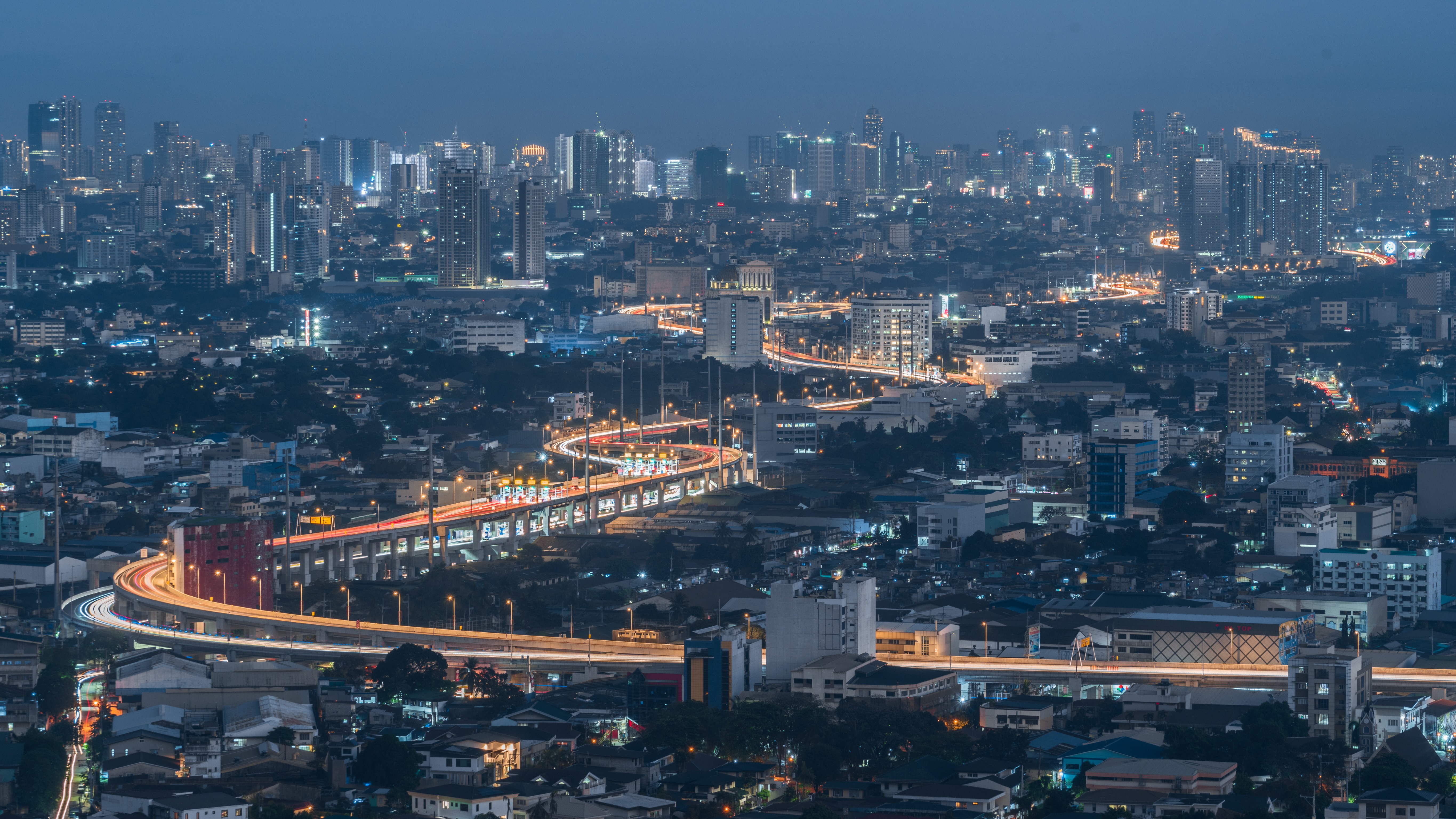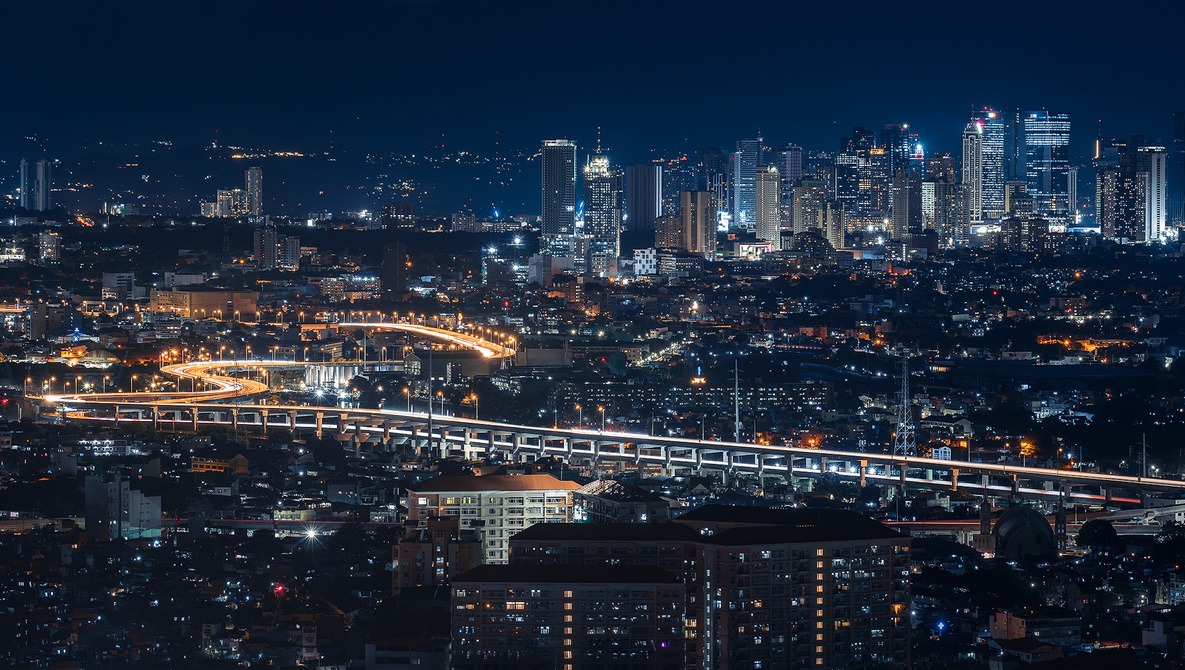Photographing the busy city doesn’t have to be complicated. If you don’t have filters and other specialized tools for landscape and cityscape photography, here are some tips to do it with ease.
Shooting landscapes in the urban setting has a unique charm of its own. While the weather and lighting environment affect it similarly to natural landscapes, the movement of countless visual elements in the city, as well as the glow of artificial lighting, has a unique mesmerizing aesthetic of its own. At the same time, shooting cityscapes can be a great way to master exposure techniques outdoors as well as how to overcome challenges in the environment.
Much like landscape photography in general, shooting cityscapes can be done through so many different approaches depending on what you intend to capture and how you want to portray the location. The city can be seen from different points of view and at different times of the day. At the same time, various exposure and visual design techniques can be used to come up with a unique and compelling image. In this article, let’s talk about three of the most simple tips for your first try at shooting cityscapes.
Shooting Without Filters
Filters are, without a doubt, very useful in cityscape photography. They solve one of the most common problems when shooting during the day, which is the imbalance of luminosity between the sky and the city or the foreground, which is due to limitations of dynamic range. This is solved by the proper use of graduated neutral density (GND) filters. In the absence of those, this can be done by shooting with exposure bracketing. That means shooting at least three consecutive exposures with increasing brightness to be able to capture enough light for differently lit sections of the frame. Most cameras offer this feature onboard, and the resulting images can be combined in an automated way through Adobe Lightroom Classic.

On the other hand, neutral density (ND) filters are useful to be able to do long exposures during the day when light is abundant. However, no matter how obvious it may seem, some photographers tend to be too religious to do long exposures even in situations when they are unnecessary.

Long exposure during the day comes in handy when there are a lot of moving elements in the frame, and the movement that they make can create attractive patterns when they leave a trail. In the city, this can be seen in fast-moving clouds, moving vehicles, and flowing water when available. However, when none of those are available on location, doing quick exposures is a better approach. Not only does it save time and effort, it also allows you to look deeper into the location and find more angles and layouts to photograph.
Choosing Your Focal Length
There is a misconception that the best lens for cityscapes is an ultra-wide angle lens. This is mostly because of the possible indication of wanting to show as much of the view as possible from a given vantage point. However, the reality is that many cityscape (and even landscape) vantage points are significantly far away from the view of interest. Shooting with a wide angle lens in such a situation would mean that the patch of land that you want to show will be very small and insignificant in the frame.

If you were to have just one lens, a standard zoom would still be the most versatile. A 24-70mm lens or the focal length equivalent of your kit lens would be able to let you shoot wide at 24mm and zoom in significantly to 70mm. However, the best lens for a specific shooting situation would depend on your distance from the view that you want to show and how it fits into your intended composition. If you have multiple options, choosing the lens to use is pretty much like choosing a shirt to wear. You choose the shirt that best fits how you would want yourself (the subject) to be seen. This doesn’t necessarily mean always filling the frame by maximizing the frame to the corners instead; this means artistically using space to come up with a visually appealing image.
Perfect Timing for the Right Light
Cityscape photography can be done during any time of the day. However, the quality of light and its effect on your photograph will vary greatly. Some of the simplest ways to photograph cityscapes happen in just 16% of the 24 hours that you have every day.
It is a well-known fact that the best time to shoot landscapes and cityscapes falls within the two hours around sunrise and sunset. This is true because this is when the lighting is most balanced in terms of the sky and the foreground and at the same time; sunlight has a more vibrant quality that best complements the blue sky. Shooting cityscapes during sunset can give you some of the most dynamic compositions you can ever do in the city because of how the interplay of lights and shadows creates a multitude of visual layers within the frame. This is best seen when the patch of the city that you are shooting is being hit by sunlight from the side. The sun casts a strong warm light on the structures that are unobstructed, and these structures then create long shadows that are cast on whatever is behind them. Even without filters, without having to do long exposures, these conditions make highly dynamic and vibrant cityscape images.

On the other hand, the simplest tip for getting good cityscape images is to shoot during the blue hour. This blue hour happens just a few minutes after the sun has fully set below the horizon. The sky remains relatively bright with a blue hue because of the residual indirect effect of the sun as it dips farther down and dims enough to let the city lights shine along with it. During that brief moment of balance between natural and artificial light, you can create dynamic images with an abundance of colors. If you are shooting with a tripod, the added benefit of shooting long exposures will allow you to capture movement from vehicular traffic to represent city life in your images.
The most crucial aspect of shooting cityscapes, or any kind of photography for that matter, is a clear envisioned image and artistic intent. When guided by a result that you aim to produce, all other factors remain secondary, and being able to manage them leads to great photographic results.








I often get up early on a Sunday to go shoot cityscapes. I can park anywhere, no people in my way, I can stand in the middle of a street with no traffic, there is less haze in the predawn morning sky than there is in the post-sunset sky, and I am generally a morning person and I enjoy it.
Now that makes me curious about where you are from. Would love to see your photos! Cheers! :)
I live in the Austin Texas metro area. There is a large riverside park across from downtown that usually has crowded parking lots during the day, but you can easily get in on a Sunday morning and walk along the shore. The capitol of Texas is also in Austin and rather scenically set at the end of Congress. I am Jason Frels on Flickr and put a lot of photos there https://www.flickr.com/photos/jasonfrels/.
Great photos! those Sunday morning shoots do seem pleasant
Followed.
Love summer for cityscape photography, sunrise is usually 5am and no one's around :-)